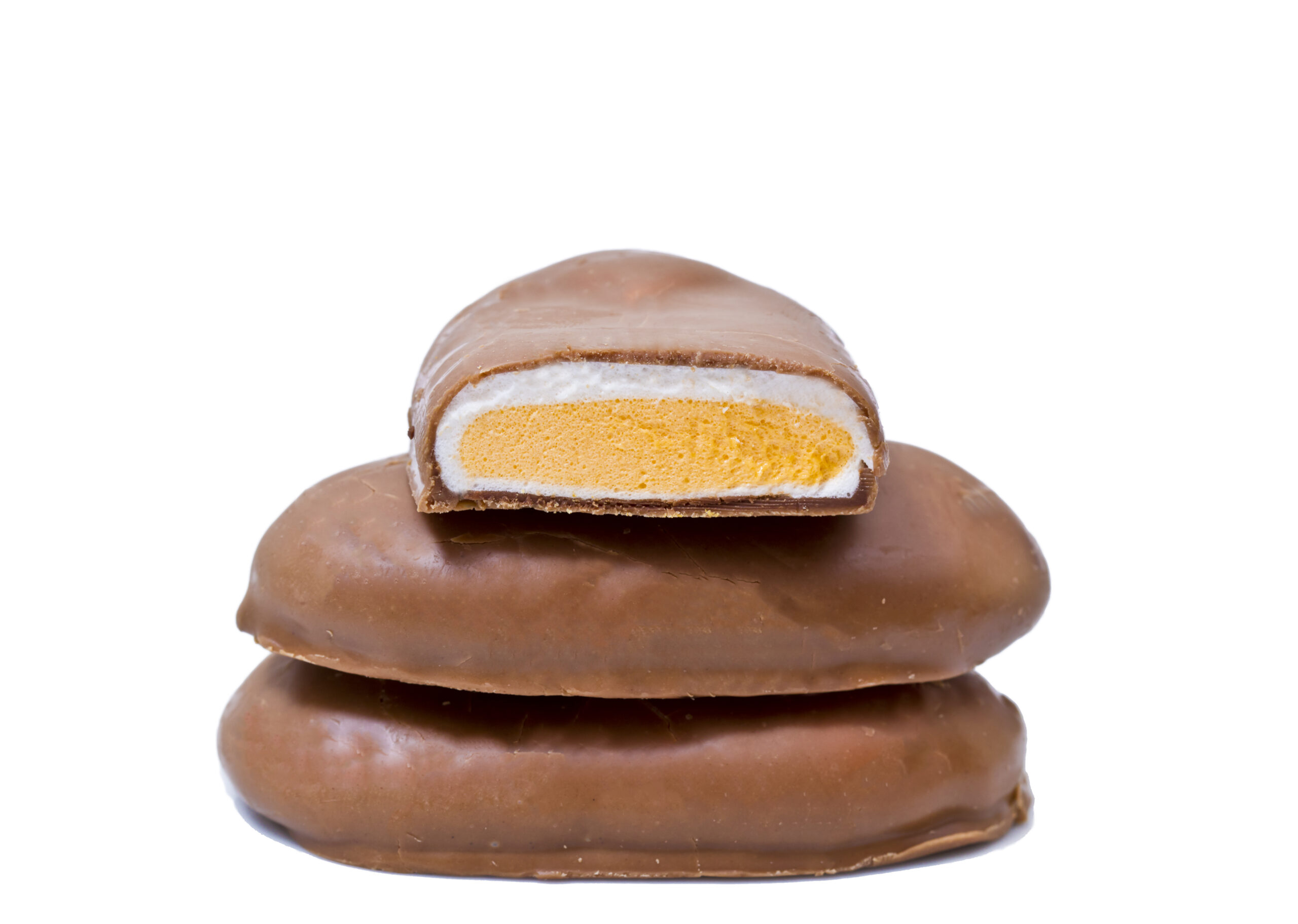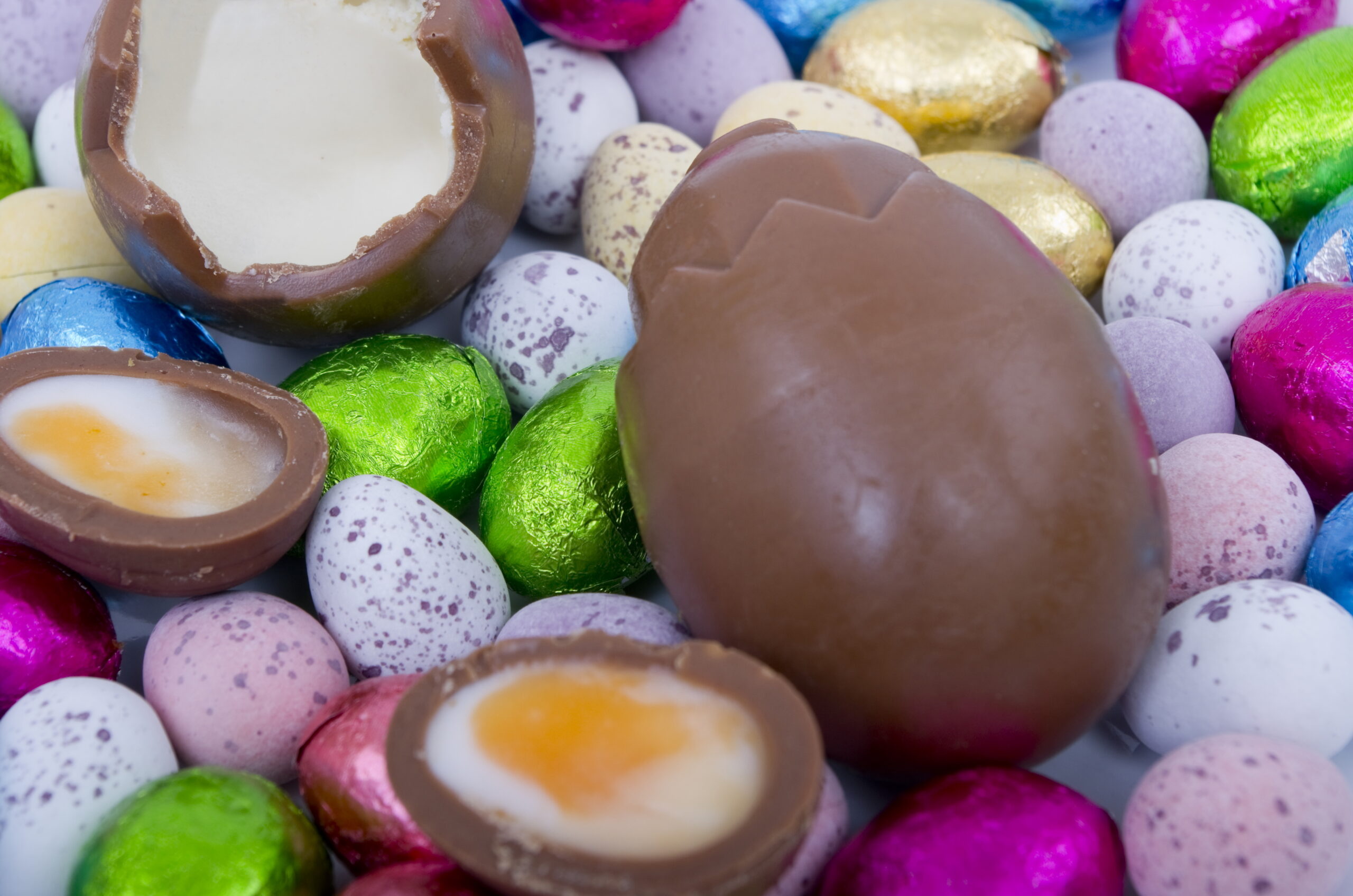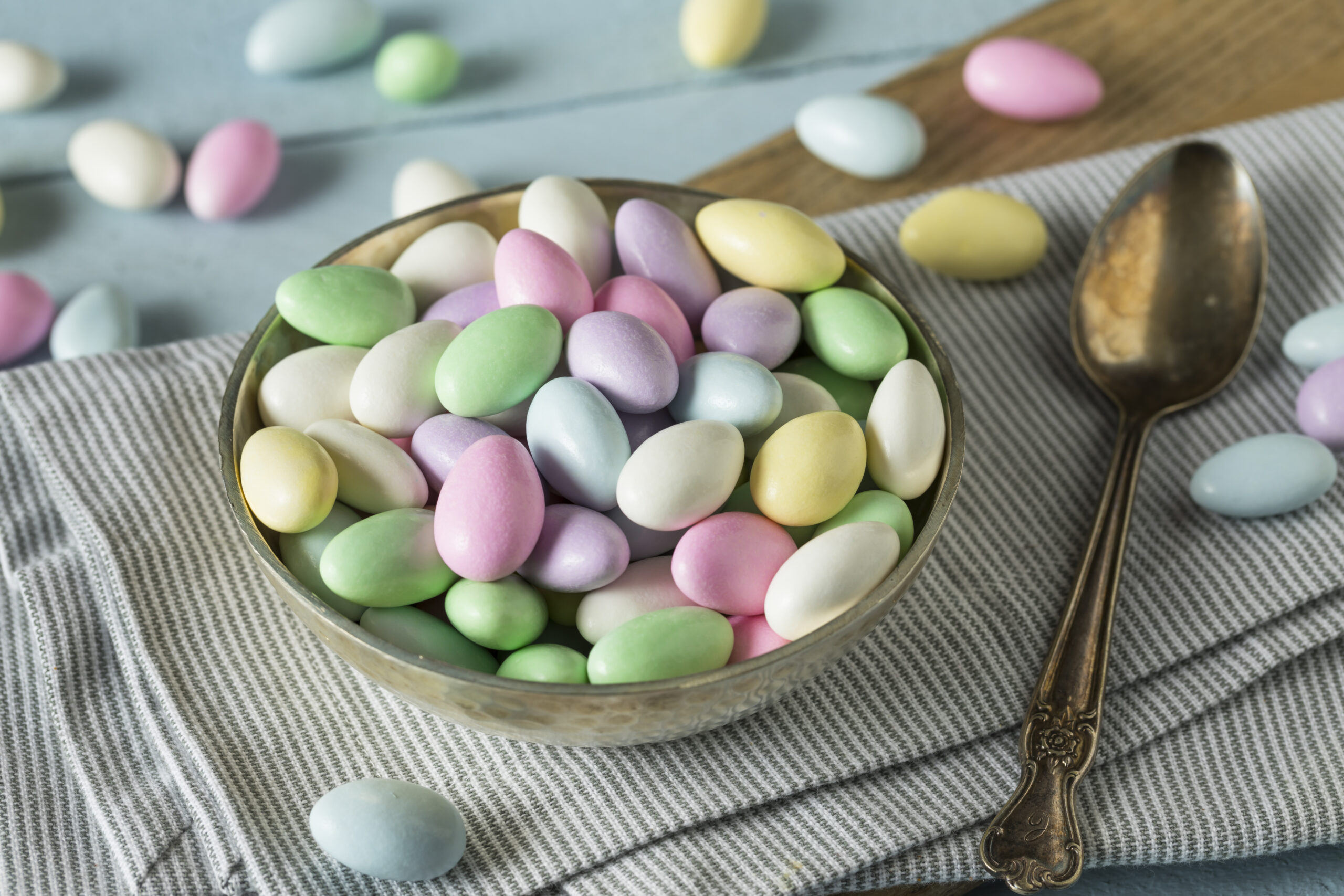What If Pests Had a Favorite Easter Candy?
What If Pests Had a Favorite Easter Candy?
Happy early Easter from Pointe Pest Control! Besides the egg hunt and a delicious dinner, one of the most common Easter traditions is grabbing a bag of your favorite Easter candy every time you go to the grocery store, knowing that the treat won’t be there forever. We all know the disappointment of not being able to purchase a treasured candy year-round due to it only making an appearance during a specific season (looking at you, Robin Eggs©). Many common pests also enjoy anything sweet, but what if they could specifically choose the type of candy to enjoy? We are making a return to the imaginary world where the real behaviors and habits of pests determine how they would act if they could participate in the same activities as humans, including having free rein over the food they constantly crave.
Marshmallow Chicks – Ants

This may be the most well-known Easter candy on this list, but that doesn’t mean it’s the most popular. Another polarizing treat, marshmallow chicks are composed mostly of marshmallow and covered in colorful sugar. There have been many new flavors on the store shelves over the years, and some of the strange standouts include root beer float, sour watermelon, and caramel mocha. One pest that is no stranger to sweets is the hardworking ant. These scavengers search daily for more food to sustain their ever-growing colony, and prioritize finding foods high in sugar or protein. Sugar is their main preference because it gives plenty of energy and is stored as a fat, which keeps the ants full for longer. They would jump (maybe literally) at the chance to enjoy some sugary marshmallow chicks. Ants can carry objects about 500 times their own weight, so it could be possible to carry one of these treats to their nest with enough workers holding up the marshmallow chick. But ants would have to be choosy with the flavors they devour. Chocolate is deadly to ants since the compounds cannot be digested by their tiny bodies, so one bite of a chocolate-covered marshmallow chick would be a quick end to their festivities.
Chocolate Eggs – Indian Meal Moths

These moths are one of the most common pantry pests across the country, and are a nuisance to anyone who stores their dry foods in the pantry – namely, everyone. Indian meal moths invade stored food products that are in any packaging other than glass or an airtight container. They prefer grains and processed foods, and like to lay their eggs in the same food source that the adult stage enjoys. Pasta, dried fruit, cereal, spices, and dry pet food are all favorites of these pests, so it is important to properly seal and store any opened food that is in the pantry or cabinets. Speaking of being well-known, egg-shaped chocolate is a popular Easter candy that is a safe bet with anyone who likes chocolate even a little. Many of the big candy companies have their own version of chocolate eggs that is only differentiated by the specific chocolate taste and the differing shades of pastel wrappers. Indian meal moths would love chocolate eggs, especially if the sweets were sitting in their Easter basket overnight. They would take their time and savor each chocolate egg so they could still have room for the other delicious treats. Considering the fact that Indian meal moths are known to invade room-temperature chocolate – highlighted in that horrific larvae-in-chocolate-truffles news story from 6 years ago – it’s reasonable to believe that they would enjoy some chocolate eggs this Easter.
Chocolate Peanut Butter Eggs – Mice

Unless you’re a chocolate purist, fillings are a welcome addition to any piece of chocolate. Caramel and marshmallow are some popular ones, but nothing can beat the delectable combination of chocolate and peanut butter. This is why popular candy companies produce new versions of chocolate-covered peanut butter every season, formed into a recognizable shape for that season. A flat egg may not be visually interesting, but it has become an Easter basket essential for many families over the years. Mice would love this combination of flavors as well, but they are unable to enjoy it very much in real life. You see, mice love peanut butter. They prefer anything carb-heavy, but peanut butter is often the most effective bait in a mouse trap. They are attracted to chocolate for the same reason, but they cannot enjoy this particular sweet. The compounds in chocolate are poisonous to mice, so they will typically pass away after nibbling on some chocolate. But in their ideal world, mice would be able to gorge themselves on chocolate peanut butter eggs every Easter. This sweet is their perfect combination, so mice wouldn’t be able to control themselves when they find these in their basket. Best of all, they would not have the fatal side effects that they normally would, save for a stomachache after eating about 30 eggs in a row.
Creme Eggs – Roaches

Roaches may be the garbage disposals of the pest world, but even they have their preferences when it comes to food. They prefer a material that is derived from something organic, and gravitate towards starches and sweets. But cockroaches are omnivores and will eat just about anything that is not clearly poisonous when they need sustenance. They will even lead the rest of their family to the same reliable food source by leaving pheromones on the object, as if one hungry roach wasn’t disgusting enough. One candy that would satiate the roach’s appetite is the classic creme egg. This treat can take on slightly different flavorings depending on the brand, but the basic components remain the same. The egg-shaped chocolate shell encasing a silky, sugary cream inside is either delicious or repulsive, depending on the person. Roaches would be thrilled to find creme eggs in their Easter basket, and would devour all of them in the time it takes their friends to find all the hidden eggs in the backyard. Then again, roaches would probably eat that shiny fake grass in the basket as well, so their culinary opinions may not be as valid as we would prefer.
Jordan Almonds – Stink Bugs

These are definitely a contender for the least favorite candy on this list, but there must be some allure to Jordan almonds, considering there is evidence that these candies date back to the 14th century. Their production evolved to finally become the pastel candy-coated almonds that we know today, and look the most at home in that ornate glass candy dish on Grandma’s coffee table as an unspoken shared tradition within countless families. Oddly enough, stink bugs actually enjoy almonds in their natural form pretty often. Green stink bugs commonly invade almonds while they’re still on the tree, and these pests will munch on the hulls throughout spring and summer. The almonds are more protected once they develop their hardened shells, but the damage may already be done. Stink bugs can overwinter in the orchard and start eating immediately, which can lead to crop loss and infected almonds after a while. If stink bugs got to enjoy almonds with a sugary coating, they would be over the moon with excitement. They would painstakingly eat their Jordan almonds in multiple bites to savor the flavor, so a bag of these sweets would last the stink bug about a week. But if the stink bug is already hungry when they receive the Jordan almonds, it wouldn’t be impossible for that bag to be gone in a day.
Jelly Beans – Wasps

As the weather gets warmer, stinging insects will gradually become more of a problem for everyone. In wasp colonies, the queen is already starting to produce workers that will immediately begin building out their nest and gathering nectar and pollen for food. This group of stinging pests enjoys the taste of anything sweet, thanks to the sugary secretions of yellow jacket larvae that feed the workers. Wasps tend to enjoy sugar more towards the end of their lives, but they will naturally gravitate towards fruit, sodas, honey, and desserts if they happen upon an outdoor party. If wasps had the option to freely enjoy a treat, rather than just hover around it and be swatted away by humans, they would enjoy jelly beans the most. They would enjoy every color at random, but their favorites would be green, yellow, white, pink, and purple to match the colors they enjoy on flowers. Wasps would eat one jelly bean at a time since they are known for being slow eaters, but they would carefully avoid two specific colors: red and black. Stinging insects cannot see red, and any dark color is threatening to them because some of their common predators are dark-colored. The wasps could share these discarded candies with ladybugs or box elders, since their colorings lead us to assume that they have the same favorite colors as these discarded beans.
Pest Control from Pointe is the Sweetest Treat!

The quickest way to lose an appetite for these candies is to imagine a whole group of pests enjoying them too! Although this blog is an imaginative take on the idea, real pests spend most of their time foraging for food and will not leave a reliable source. If invasive species, like ants and rodents, find a way into the pantry and cabinets, they will never leave. That is, unless the effective treatments from Pointe Pest Control are implemented! We begin every visit with a thorough inspection in order to properly assess the pest problems at hand. Whether you have pests in the kitchen, the garage, or the garden, our team will create a customized treatment plan to eliminate the pests as efficiently as possible. Contact us to learn more about our environmentally-friendly services and how we can ensure that the only small critters in your home are made of chocolate and marshmallow, rather than the real deal.
Citations
Doll, D. (2015, May 2). Stink bug damage within almonds. The Almond Doctor. Available at https://thealmonddoctor.com/stink-bug-damage-within-almonds/ (Accessed on March 2, 2023).
What do cockroaches eat?. (n.d.). Raid. Retrieved March 2, 2023, from https://www.raid.com/en-US/education/bug-basics/what-do-cockroaches-eat
What do wasps eat and how to avoid attracting wasps into your home. (n.d.). Natran. Retrieved on March 2, 2023, from https://natran.com/what-do-wasps-eat-and-how-to-avoid-attracting-wasps-into-your-home/
Request a Free Quote Today
(We do not share your data with anybody, and only use it for its intended purpose)


